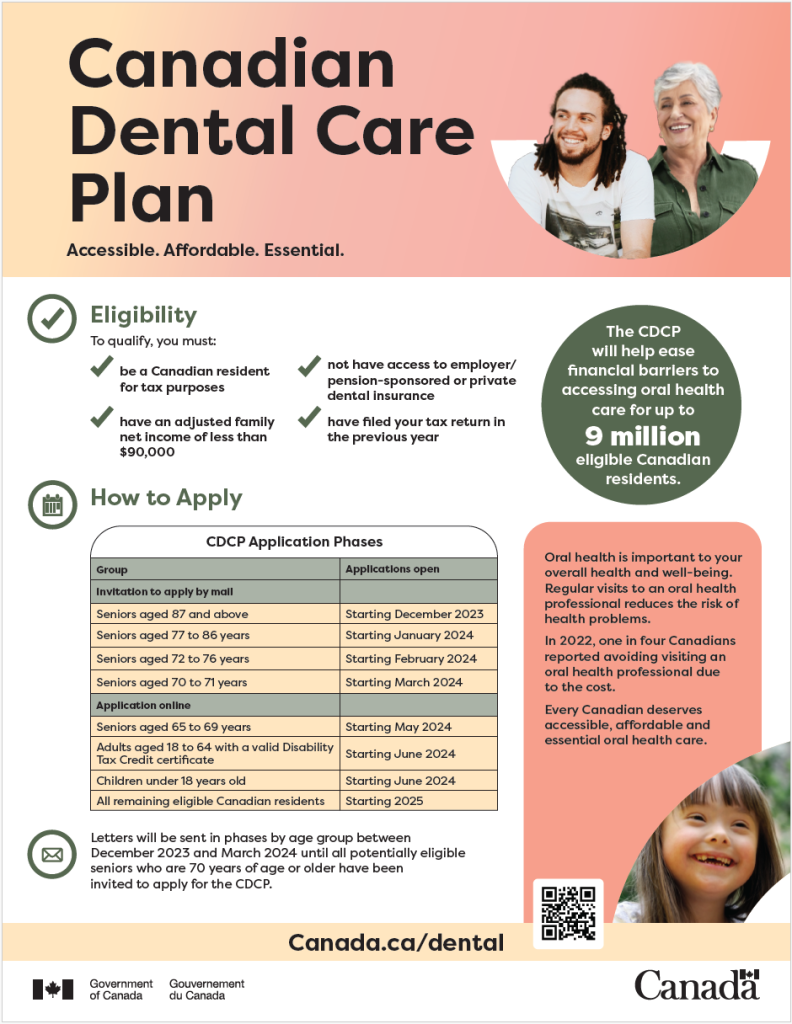

The Burden of Tradition: Balancing Old and New Approaches in Dental Care is a complex challenge facing contemporary dentists. Traditional dental techniques have laid the foundation for modern practices, yet technological advancements necessitate adaptation. This article explores how dentists are navigating the tension between established methods and innovative solutions in providing exceptional patient care. By understanding the benefits and drawbacks of both traditional and modern approaches, practitioners can cultivate a balanced strategy that optimizes patient outcomes while maintaining the high standards set by previous generations. This article will delve into the specific areas where this balance is most critical, examining the evolution of materials, techniques, and patient expectations. We will also explore the potential pitfalls of neglecting either extreme.
The Historical Context of Dental Care
Ancient Practices and Modern Innovations
Dental care has undergone a dramatic transformation since its earliest forms. Ancient civilizations utilized rudimentary tools and techniques for basic procedures, primarily focusing on tooth extraction. Over centuries, a deep understanding of oral health has developed. With the advent of modern science, dentistry evolved significantly. Innovations in materials, equipment, and techniques have revolutionized the field. Today, dentists have a wider range of choices than ever before when it comes to tools, materials, and techniques, allowing them to cater to different patient needs and preferences. Today’s dentists must consider both traditional methods and modern advancements to give optimal care. This understanding of the historical context provides insight into the present-day challenges.
Integrating Traditional Knowledge with Modern Techniques
Material Science and Procedural Refinements
Modern dentistry has seen a surge in new materials and techniques, alongside the need to maintain the traditional knowledge base. This combination is critical for success. High-quality dental materials with better biocompatibility and enhanced aesthetics offer more options for patients. In addition, traditional approaches, such as meticulous root canal procedures, remain highly effective. Modern approaches help improve upon these methods. For instance, the development of more sophisticated dental imaging techniques allows for more accurate diagnoses and treatment planning. This combination enables dentists to treat dental issues in a far more precise and comprehensive manner. A strong understanding of the advantages of both is necessary for optimal patient care.
Patient Expectations and Dental Care
The Evolution of Patient Needs
Patient expectations in dental care have evolved significantly. Patients now desire quick, effective treatment with less discomfort. Traditional approaches may not always meet these demands. Today, patients expect more than just effective dental care; they expect a comfortable, predictable, and positive experience. This requires practitioners to consider factors such as pain management, cosmetic concerns, and the time required for treatment. Modern techniques provide tools to address these concerns. The use of local anesthetics and sedation, combined with digital imaging and restorative techniques, ensures procedures are less invasive and result in more predictable outcomes.
The Cost and Accessibility of Modern Dental Care
Balancing Affordability and Quality
Accessibility and affordability are major factors in dental care decisions. Traditional dental techniques may be more affordable initially. However, modern techniques and advanced materials can sometimes come at a premium. The cost of modern materials and equipment can influence affordability. This is particularly relevant to underserved communities. Balancing cost and quality is an ongoing challenge for many individuals and families. Practices are constantly seeking ways to optimize their approach to affordability.
Ethical Considerations in Modern Dental Practices
Maintaining High Standards in Modern Practice
Maintaining ethical standards in dental care remains paramount, regardless of the technique employed. Traditional values regarding patient confidentiality, informed consent, and quality assurance must be upheld alongside modern techniques. New technology requires dentists to uphold the same ethical standard as before, but with modern tools and methods. This includes educating patients about their options and ensuring transparency in procedures. Dentists must stay informed about any new technology, considering the ethical implications before implementing them. Ethical considerations regarding patient safety and privacy are paramount in modern practice.
Ethical Considerations in Modern Dental Practices
Maintaining High Standards in Modern Practice
json
{
"FAQ": [
{
"question": "What are the key benefits of balancing traditional and modern approaches in dental care?",
"answer": "Combining traditional and modern approaches in dental care offers a variety of benefits. It leverages the effectiveness and reliability of established methods while incorporating innovations to enhance patient outcomes, improve comfort, and accommodate evolving needs. Modern approaches improve accuracy in diagnosis and treatment while maintaining high ethical standards."
},
{
"question": "How can dentists adapt to the ever-changing landscape of dental technology?",
"answer": "Dentists can adapt by staying informed about advancements in dental technology, materials, and techniques. Continuous learning and professional development are crucial in staying updated and prepared for new approaches. Attending conferences, workshops, and online courses can help keep dentists up to date with the latest trends. Maintaining a commitment to evidence-based dentistry is vital."
}
]
}
In conclusion, balancing tradition and innovation in dental care is crucial for providing effective and patient-centered treatment. Modern dentists must embrace new techniques and technologies while respecting the established knowledge base. By integrating the best of both worlds, practices can offer superior care and foster lasting patient relationships. Consider further exploring the latest advancements in dental technology to enhance your practice’s approach. Contact us today for a consultation about integrating modern techniques into your dental practice.